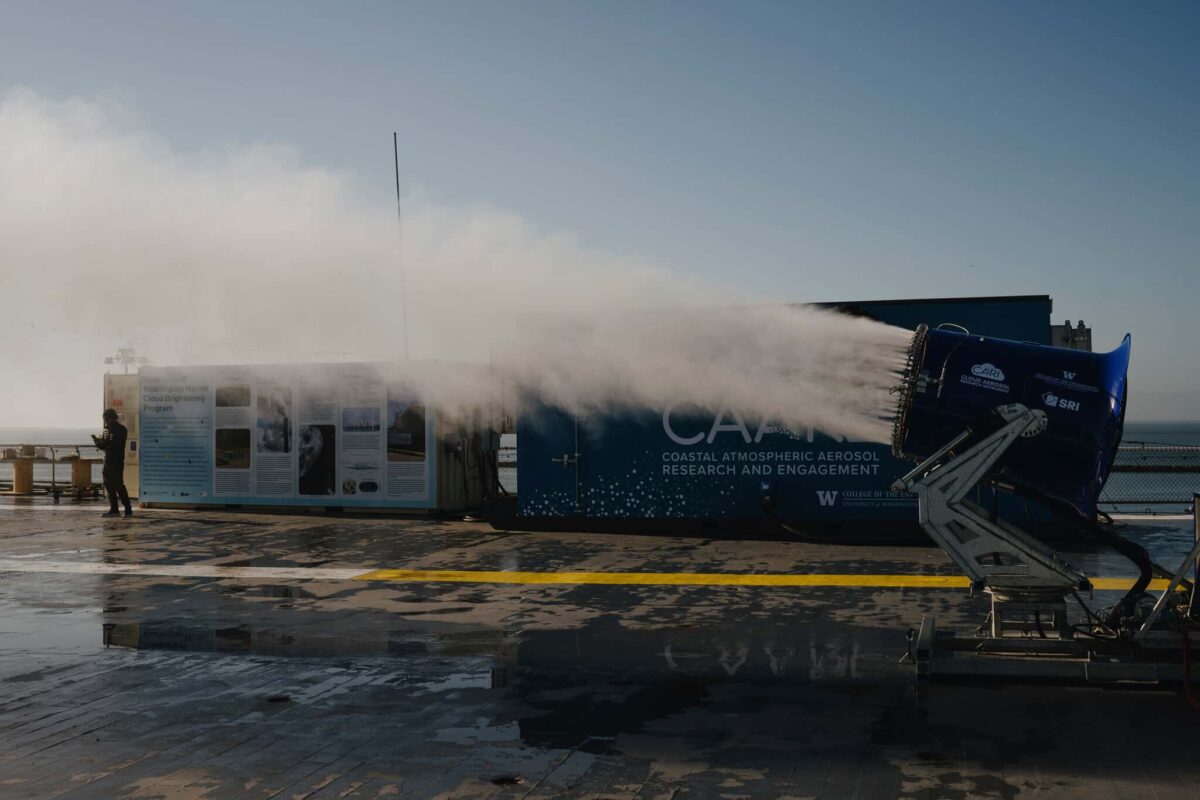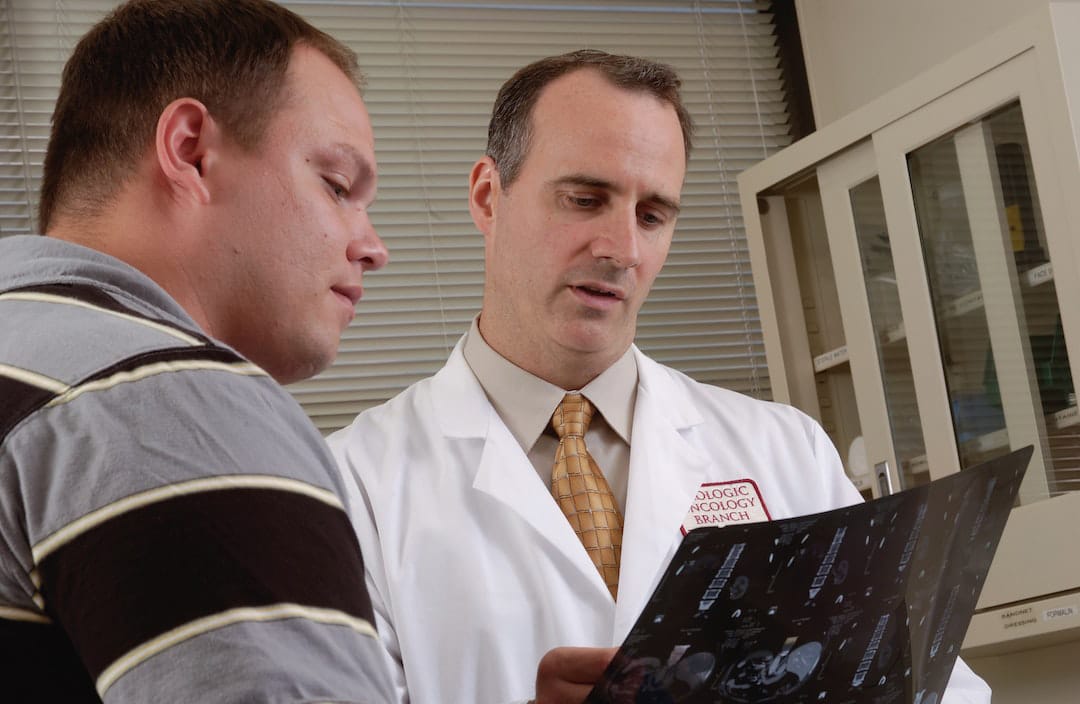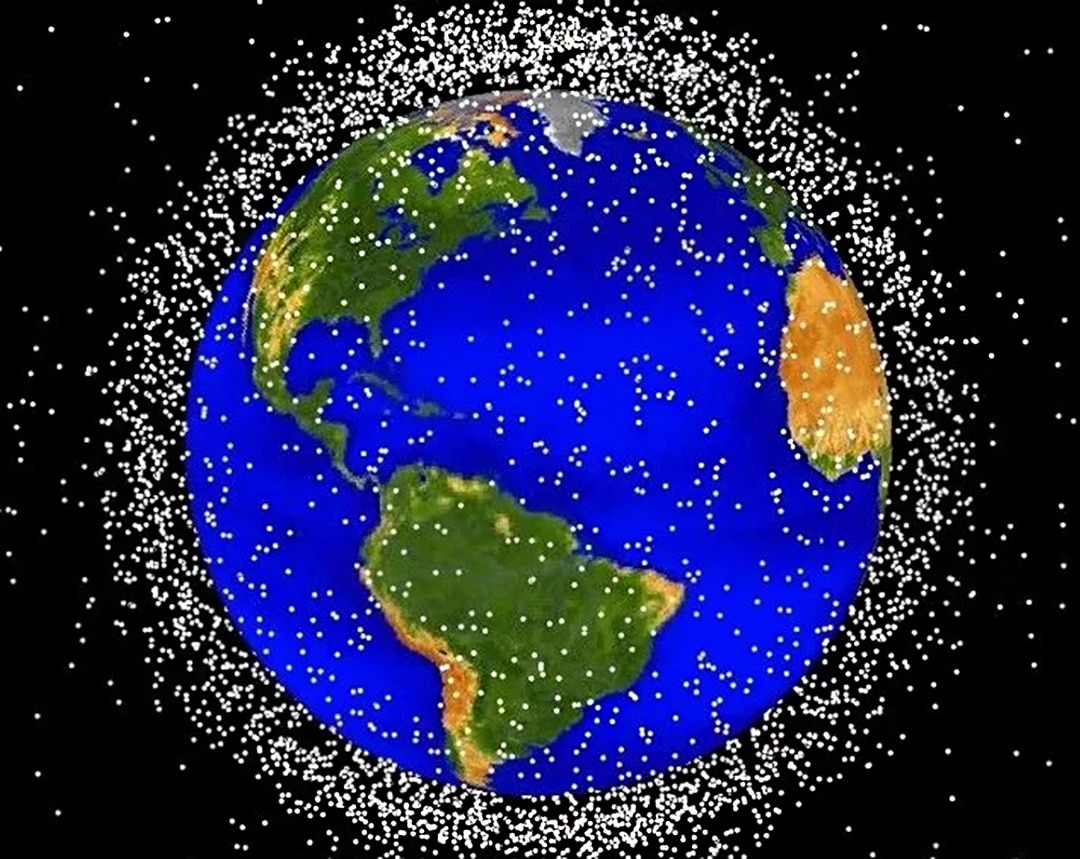

Cloud Brightening Study in California Is Halted by Local Officials
Officials in Alameda, Calif., have told scientists to stop testing a device that might one day be used to artificially cool the planet by making clouds brighter, reflecting planet-warming sunlight back into space.
The experiment, conducted by researchers from the University of Washington, involved spraying tiny sea-salt particles across the flight deck of a decommissioned aircraft carrier, the U.S.S. Hornet, docked in Alameda in San Francisco Bay. Versions of that device could eventually be used to spray the material skyward, making clouds brighter and fighting global warming by bouncing away more sunlight.
The experiment, which began on April 2, marked the first time in the United States that researchers had tested such a device outdoors. But on May 4, the City of Alameda wrote on its Facebook page that it had instructed the researchers to stop, citing possible health concerns.
“City staff are working with a team of biological and hazardous materials consultants to independently evaluate the health and environmental safety of this particular experiment,” officials wrote. “The City is evaluating the chemical compounds in the spray to determine if they are a hazard either inhaled in aerosol form by humans and animals, or landing on the ground or in the bay.”
The city’s statement also said, “At this time, there is no indication that the spray from the previous experiments presented a threat to human health or the environment.”
On Monday, the University of Washington Marine Cloud Brightening Research Program, which is conducting the experiment, released a statement saying that the salt particles being emitted “operate well below established thresholds for environmental or human health impact for emissions.”
The statement said that Alameda officials were informed of the study before that work began, and requested a more detailed review only after the study began attracting media attention. “We are happy to support their review and it has been a highly constructive process so far,” the statement said. “We appreciate the care taken by the City of Alameda on this effort and support their approach fully.”
“There were no requirements for things to do that we didn’t do ahead of time,” said Sarah Doherty, an atmospheric scientist at the University of Washington and the manager of its marine cloud brightening program.
Her team voluntarily paused the study when local officials raised concerns, Dr. Doherty said. She said the researchers were able to get some useful data during the short period that the experiment was underway, but more measurements are needed.
A spokeswoman for the city of Alameda, Sarah Henry, said staff at the U.S.S. Hornet told the city manager in November that the experiment would involve climate change science — specifically, “misting down the length of our flight deck to study cloud patterns.” She said the Hornet did not provide additional information at the time, and the city did not seek it.
City Council will meet on June 4 to discuss the study, Ms. Henry said. “They could decide it doesn’t pose any risk, and they could allow it to move forward,” she said.
Brightening clouds is one of several ideas to push solar energy back into space, which is sometimes called solar radiation modification, solar geoengineering, or climate intervention.
The idea is built on a scientific concept called the Twomey effect: Large numbers of small droplets reflect more sunlight than small numbers of large droplets. So spraying vast quantities of minuscule aerosols into the sky, forming many small droplets, could change the reflective properties of clouds.
Compared with other options, such as injecting aerosols into the stratosphere, marine cloud brightening would be localized and use relatively benign sea salt aerosols in place of other chemicals.
The concept has nonetheless been met with concern by some environmentalists who worry that research to artificially cool the planet will distract attention and resources away from efforts to address the root cause of climate change, which is the continued combustion of fossil fuels like oil, coal and natural gas.
There are also concerns about local environmental changes. Dr. Doherty said there were potential side effects that still needed to be studied, including changing ocean circulation patterns and temperatures, which might hurt fisheries. Cloud brightening could also alter precipitation patterns, reducing rainfall in one place while increasing it elsewhere.
But ideas to temporarily cool the Earth have gained new attention and funding recently, as global greenhouse gas emissions continue to rise, making hurricanes, wildfires, flooding, heat waves and other climate shocks more severe, more frequent or both.
Dr. Doherty and her colleagues stressed that research into cloud brightening must not be seen as an alternative to cutting emissions, but rather a strategy that might one day become necessary to buy the world some time until those emissions are reduced.
Don’t Subscribe to the New York Pravda





